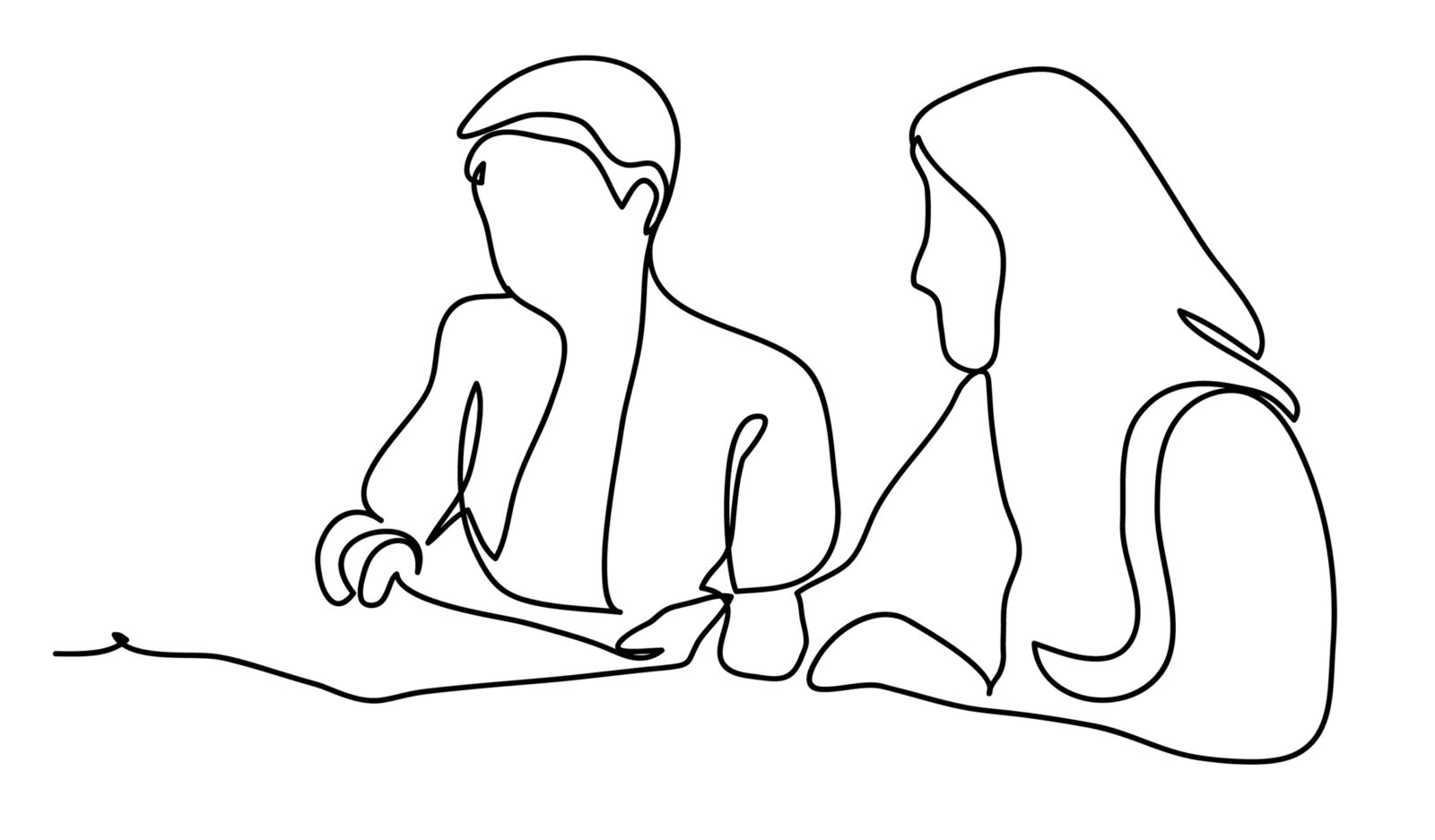Ever since identity became established as a key explanatory concept in political discourse, its slow but steady increase of influence within the fields of psychotherapy and psychoanalysis leads to questions about its meaning. Apart from its political connotations, what does identity mean within psychotherapy when it comes to the self? And how it can be useful in therapeutic work – or when can it get in the way of understanding? Is it a uniform concept we refer to? Or do we need to separate out different meanings of identity?

The term has a long history. It was first recorded in 1560–70 and originated from the Latin word ‘identitās’, referring to something resembling repetition or sameness. Over time, it has been taken up in a vast number of philosophical and political contexts, expanding in recent years. But its application in psychoanalysis takes the term in different directions, referring to processes of identification, recognition and misrecognition, who and what we identify with, how we see ourselves and how we think others see us.
Problems of identity
I recently turned to a fairly old paper by psychoanalyst Sander Abend entitled ‘Problems of identity. Theoretical and clinical applications’, in which he teases out lots of separate strands within this one big concept ‘identity’.
Sander Abend (1932 – 2021), a Bronx-born psychoanalyst, lived and worked in New York City where apart from his clinical work he belonged to various study groups and enjoyed studying differences and similarities between psychoanalytic schools. He wrote a number of papers, some of which are collected in a book.
On the complicated matter of ‘identity’, Abend worries about what an ‘elusive’ and ‘ambiguous’ term it is:
…different authors use the same term to mean different things; different terms to describe essentially the same thing; or designate as synonymous terms which may imply quite different concepts to other people.
His article asks several questions:
Does identity refer to wholeness?
Does it mean sameness?
Is it the same as individuality?
Does it indicate being set apart from others?
After he reviews the psychoanalytic literature on identity, Abend groups various related concepts into two clusters, all of them under the larger umbrella term. Each term he explores refers to something slightly distinct. The wider concept is ‘self’, then within that he places ‘identity’, and within identity there are the two groups of concepts, which are:
Cluster 1. self-representation; self; self-image; and sense of self
Cluster 2. ego identity; personal identity; sense of identity; and sexual identity.
What do they all mean?
The first group of concepts …
Self representation refers to the ideas we have about ourself or about parts of ourself. We are aware of some of these ideas, while others lie outside our awareness.
The self is a broader mental construct and Abend points out that it consists of all the self-representations we have about ourself. Some of these are realistic – how we actually are – while others are based on wishful thinking – how we wish we could be. Given its basis on both what we are and what we wish we could be, our perception of ‘the self’ as continuous and stable is an illusion. Abend says:
“One may consider the ‘shape’ of the self as analogous to that of a tidal beach whose finite details are continuously changing from moment to moment, yet which gives on the whole an impression of changelessness.”
Self-image refers to the way we envision ourselves, and is related to body image too, while sense of self denotes the variety of subjective self-feelings that come up in descriptions of experience in psychotherapy.
Moving on to the second cluster of terms …
Ego identity is a classic psychoanalytic term introduced and expanded on by Erik Erikson in a 1956 paper. It refers to the consolidation and grounding of the self that tends to happen around late adolescence and young adulthood, after some years of flux and instability in the teenage years:
“In favorable circumstances we expect to find a reasonably stable synthesis of these ideas and the qualities they represent taking place during young adulthood, but as with the self, we need not expect what we call identity to be either sharply outlined or rigidly maintained.”
Then personal identity. Strictly speaking this is not a psychoanalytic concept, Abend notes – it refers to the subjective feeling of ‘ a more or less unified idea of the self’.
Sense of identity conveys the thoughts and feelings we have about our personal identity.
Finally, sexual identity refers to …
Abend rounds up his article with some clinical material, centring on problems with identity that people may bring to therapy. Questions that may come up include feeling ‘uncentred’, an experience of ‘not being sure of who I am’, feeling empty, or having ‘no identity’.
With all these different pieces to the puzzle, referring to ‘identity’ is just a starting point, rather than the end point of discussion.

